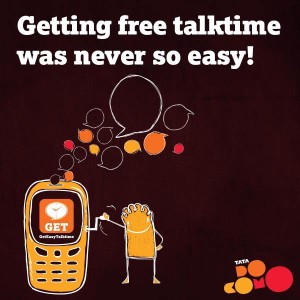 The long-term prospects for CDMA are challenging, and according to TRAI, at a time when the subscriber base for GSM increased by 65% in the last three years, CDMA recorded a decline of 30%. ARPU for in Dec-2012 for GSM (Airtel) was Rs 185 and that for CDMA (RCom) was Rs 117 a difference of 60%. RCom ARPU includes that of GSM as well.
The long-term prospects for CDMA are challenging, and according to TRAI, at a time when the subscriber base for GSM increased by 65% in the last three years, CDMA recorded a decline of 30%. ARPU for in Dec-2012 for GSM (Airtel) was Rs 185 and that for CDMA (RCom) was Rs 117 a difference of 60%. RCom ARPU includes that of GSM as well.
Separately, we believe there could be a potential voluntary exit by CDMA players, provided the government/regulator agrees to compensate the CDMA players for forming the E-GSM band. We note that GSM players have suggested forming of the E-GSM band, which should release addition spectrum in the low MHZ frequency.
We note that the combined CDMA subscriber base of PSU operators is a mere 2% of the total CDMA subscriber base. According to TRAI, a minimum of 4.5 MHz of CDMA spectrum can be carved out from PSU operators alone. In addition, Tata have offered to surrender spectrum holding beyond 3.75 MHZ in metros and 2.5MHz in other markets, suggesting a combination of PSU spectrum and Tata would imply that total spectrum, which can be made available for the E-GSM band,
would be at least 6MHZ across India (and 10 MHz in metros like Mumbai).
We agree that a CDMA shutdown is unlikely to play out immediately; nonetheless, we believe running dual networks is only a drag for current dual technology players, and if compensated satisfactorily, they will prefer to focus on GSM services.